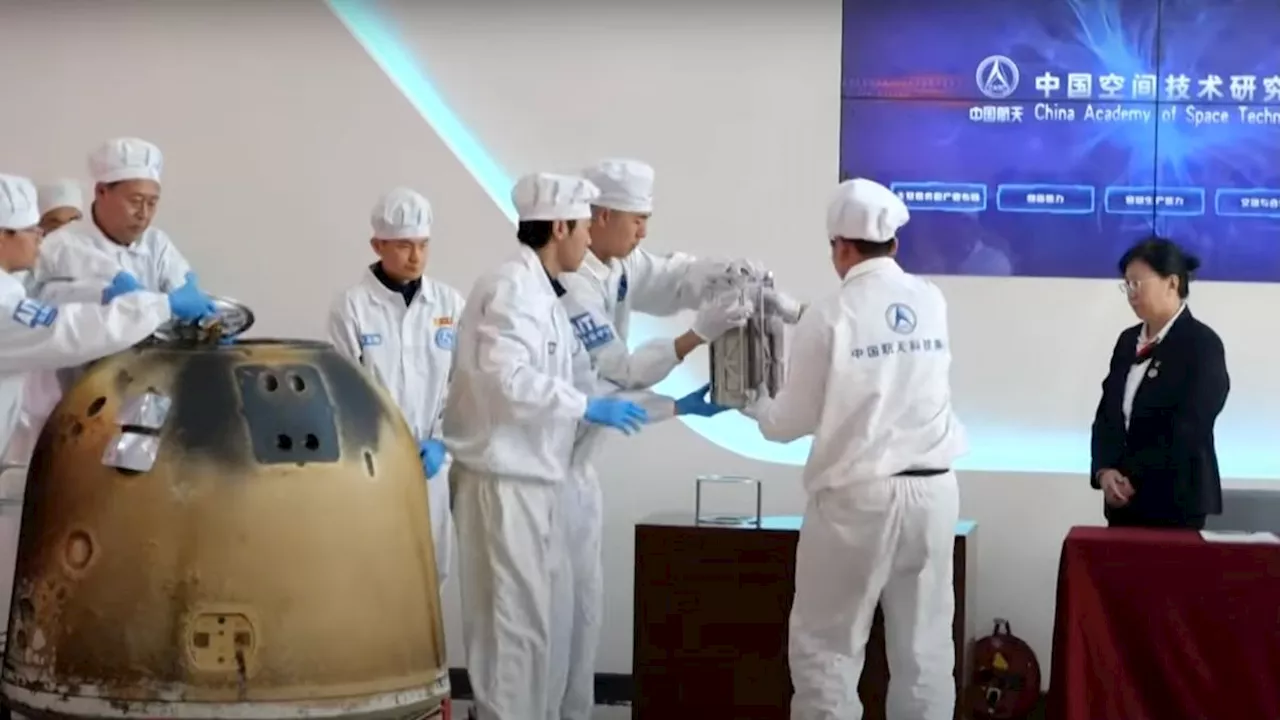Andrew is a freelance space journalist with a focus on reporting on China's rapidly growing space sector. He began writing for Space.com in 2019 and writes for SpaceNews, IEEE Spectrum, National Geographic, Sky & Telescope, New Scientist and others.
Jam packed issues filled with the latest cutting-edge research, technology and theories delivered in an entertaining and visually stunning way, aiming to educate and inspire readers of all agesTechnicians remove the samples collected on the moon's far side from the return capsule of the Chang'e 6 lunar mission.We finally have a glimpse of the first-ever samples collected from the far side of the moon.
The first paper on the samples collected from China's Chang'e 6 lunar probe reveals that the specimens differ in some ways from those collected from the moon's near side. Thus, they could provide fresh insights and lead to new theories aboutits complex, 53-day-long Chang'e 6 lunar far side sample return mission in early May. A lander scooped and drilled for samples inside an area known as Apollo crater before sending them into lunar orbit on an ascent vehicle.
The samples also hold a lower concentration of KREEP, a rock signature short for potassium enriched rock, rare‐earth elements and phosphorus , which is more abundant on the near side. This asymmetry could partially explainThe researchers assert that the samples could advance the understanding of several key aspects of lunar science.
The Chang'e 6 samples are likely to yield these new insights as the material is made available to Chinese researchers in the near future. International researchers are expected to be able to apply for samples after a period of two years.to keep talking space on the latest missions, night sky and more! And if you have a news tip, correction or comment, let us know at:
Andrew is a freelance space journalist with a focus on reporting on China's rapidly growing space sector. He began writing for Space.com in 2019 and writes for SpaceNews, IEEE Spectrum, National Geographic, Sky & Telescope, New Scientist and others. Andrew first caught the space bug when, as a youngster, he saw Voyager images of other worlds in our solar system for the first time. Away from space, Andrew enjoys trail running in the forests of Finland.
United States Latest News, United States Headlines
Similar News:You can also read news stories similar to this one that we have collected from other news sources.
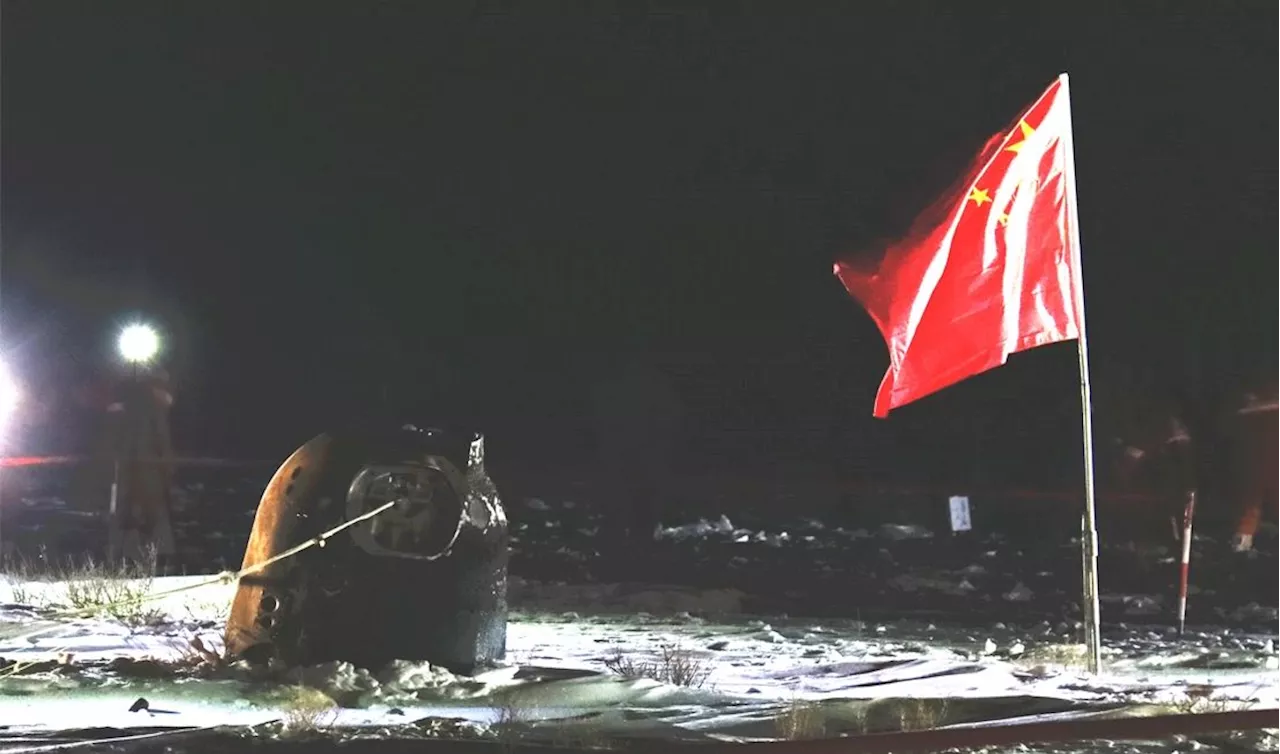 The moon might still have active volcanoes, China's Chang'e 5 sample-return probe revealsKeith Cooper is a freelance science journalist and editor in the United Kingdom, and has a degree in physics and astrophysics from the University of Manchester.
The moon might still have active volcanoes, China's Chang'e 5 sample-return probe revealsKeith Cooper is a freelance science journalist and editor in the United Kingdom, and has a degree in physics and astrophysics from the University of Manchester.
Read more »
 Former Phoenix Suns NBA 1st-Round Pick Signs With Team In ChinaAccording to Alberto De Roa of HoopsHype, Marquese Chriss will sign with a team in the CBA.
Former Phoenix Suns NBA 1st-Round Pick Signs With Team In ChinaAccording to Alberto De Roa of HoopsHype, Marquese Chriss will sign with a team in the CBA.
Read more »
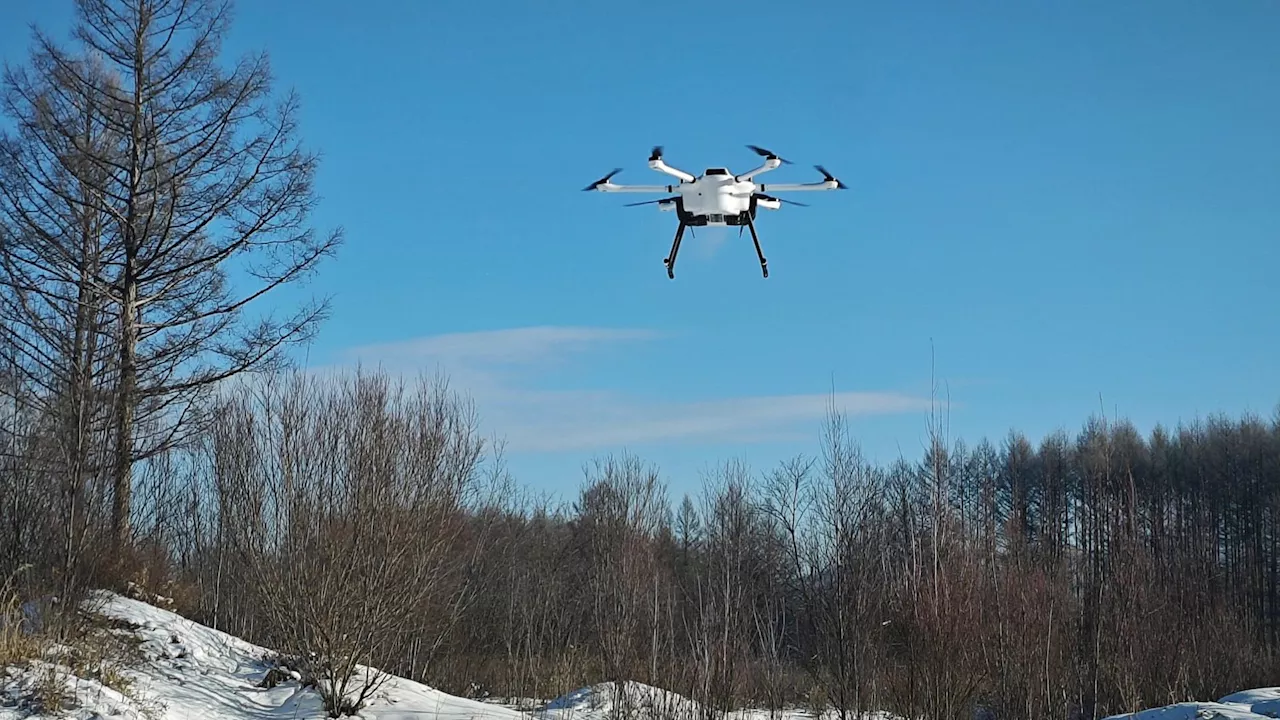 4-hour power: World’s 1st 62-mile-range hydrogen-powered drone soars in ChinaChina's Tianmushan Laboratory has developed a revolutionary hydrogen-powered drone capable of flying 62 miles (100 kilometers).
4-hour power: World’s 1st 62-mile-range hydrogen-powered drone soars in ChinaChina's Tianmushan Laboratory has developed a revolutionary hydrogen-powered drone capable of flying 62 miles (100 kilometers).
Read more »
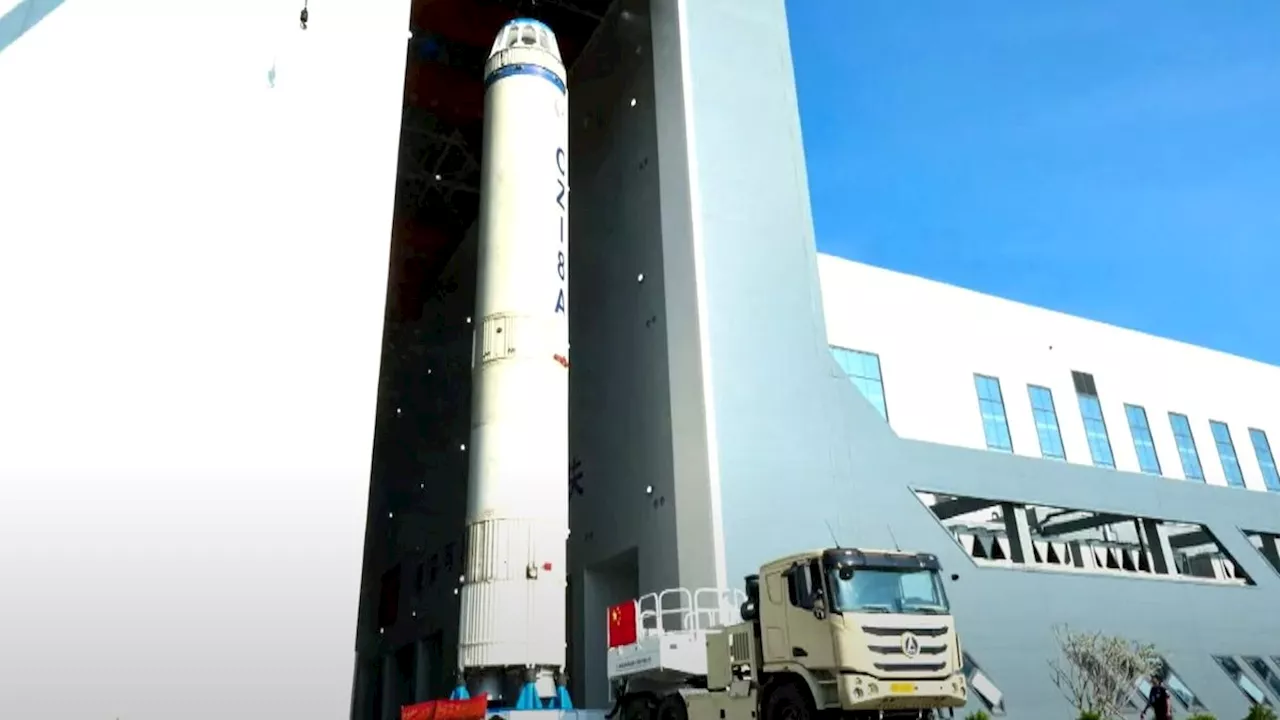 China prepares for 1st launch of new Long March 8A rocketAndrew is a freelance space journalist with a focus on reporting on China's rapidly growing space sector. He began writing for Space.com in 2019 and writes for SpaceNews, IEEE Spectrum, National Geographic, Sky & Telescope, New Scientist and others.
China prepares for 1st launch of new Long March 8A rocketAndrew is a freelance space journalist with a focus on reporting on China's rapidly growing space sector. He began writing for Space.com in 2019 and writes for SpaceNews, IEEE Spectrum, National Geographic, Sky & Telescope, New Scientist and others.
Read more »
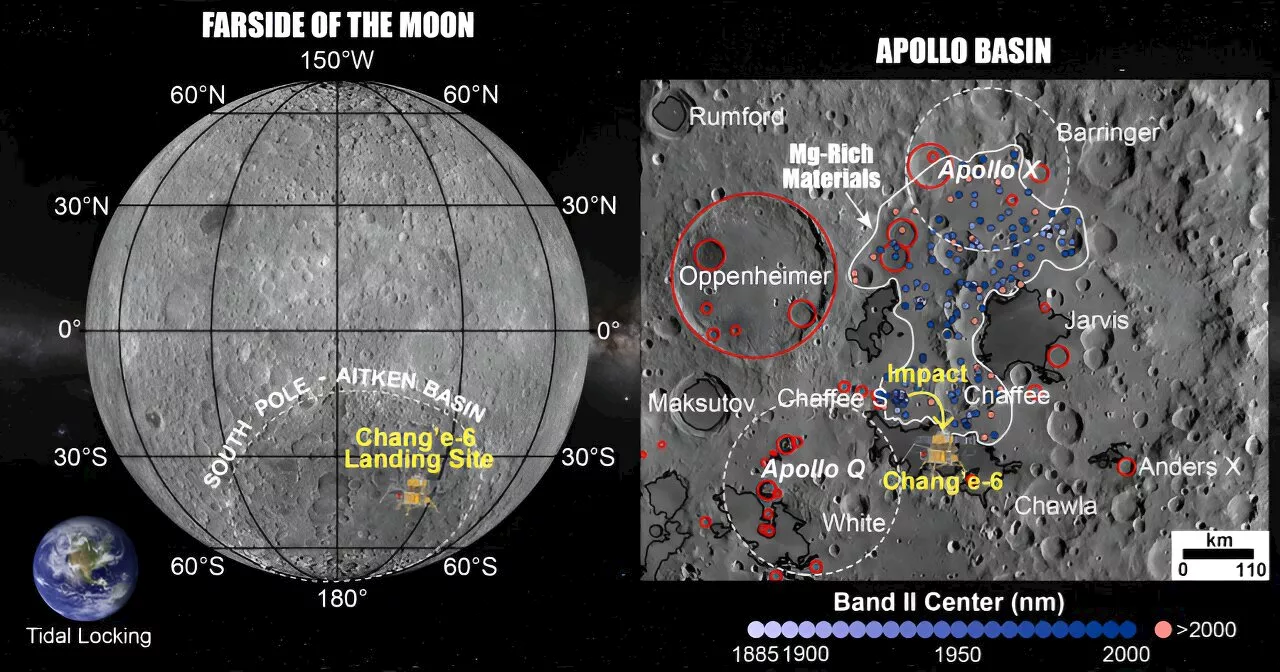 Geologists discover hidden magmatism at the Chang'e-6 lunar landing siteLunar igneous activities, including intrusive and extrusive magmatism, and their products contain significant information about the lunar interior and its thermal state. Their distribution is asymmetrical on the nearside and farside, reflecting the global lunar dichotomy.
Geologists discover hidden magmatism at the Chang'e-6 lunar landing siteLunar igneous activities, including intrusive and extrusive magmatism, and their products contain significant information about the lunar interior and its thermal state. Their distribution is asymmetrical on the nearside and farside, reflecting the global lunar dichotomy.
Read more »
 Geologists discover hidden magmatism at the Chang'e-6 lunar landing siteLunar igneous activities, including intrusive and extrusive magmatism, and their products contain significant information about the lunar interior and its thermal state. Their distribution is asymmetrical on the nearside and farside, reflecting the global lunar dichotomy.
Geologists discover hidden magmatism at the Chang'e-6 lunar landing siteLunar igneous activities, including intrusive and extrusive magmatism, and their products contain significant information about the lunar interior and its thermal state. Their distribution is asymmetrical on the nearside and farside, reflecting the global lunar dichotomy.
Read more »
